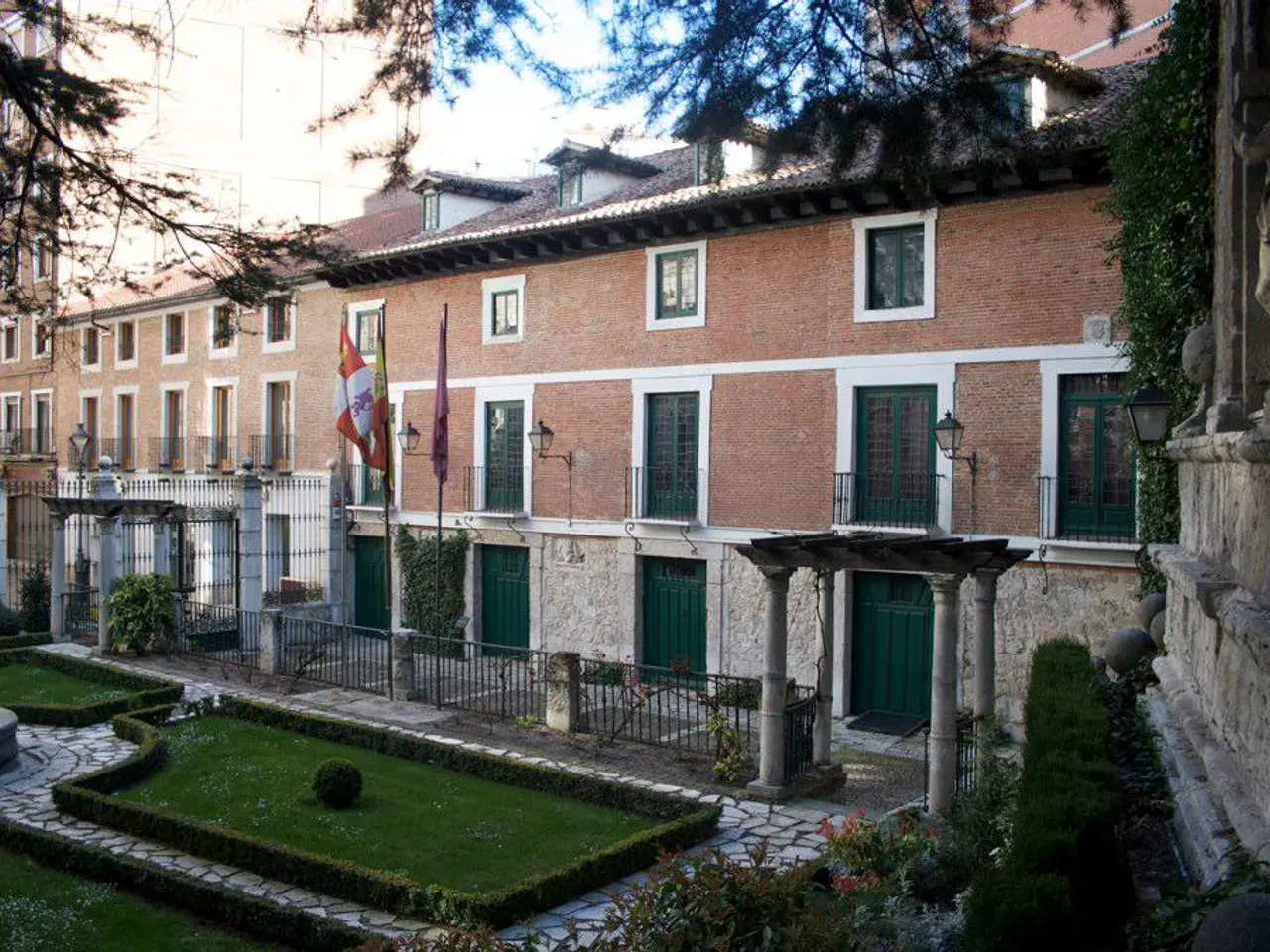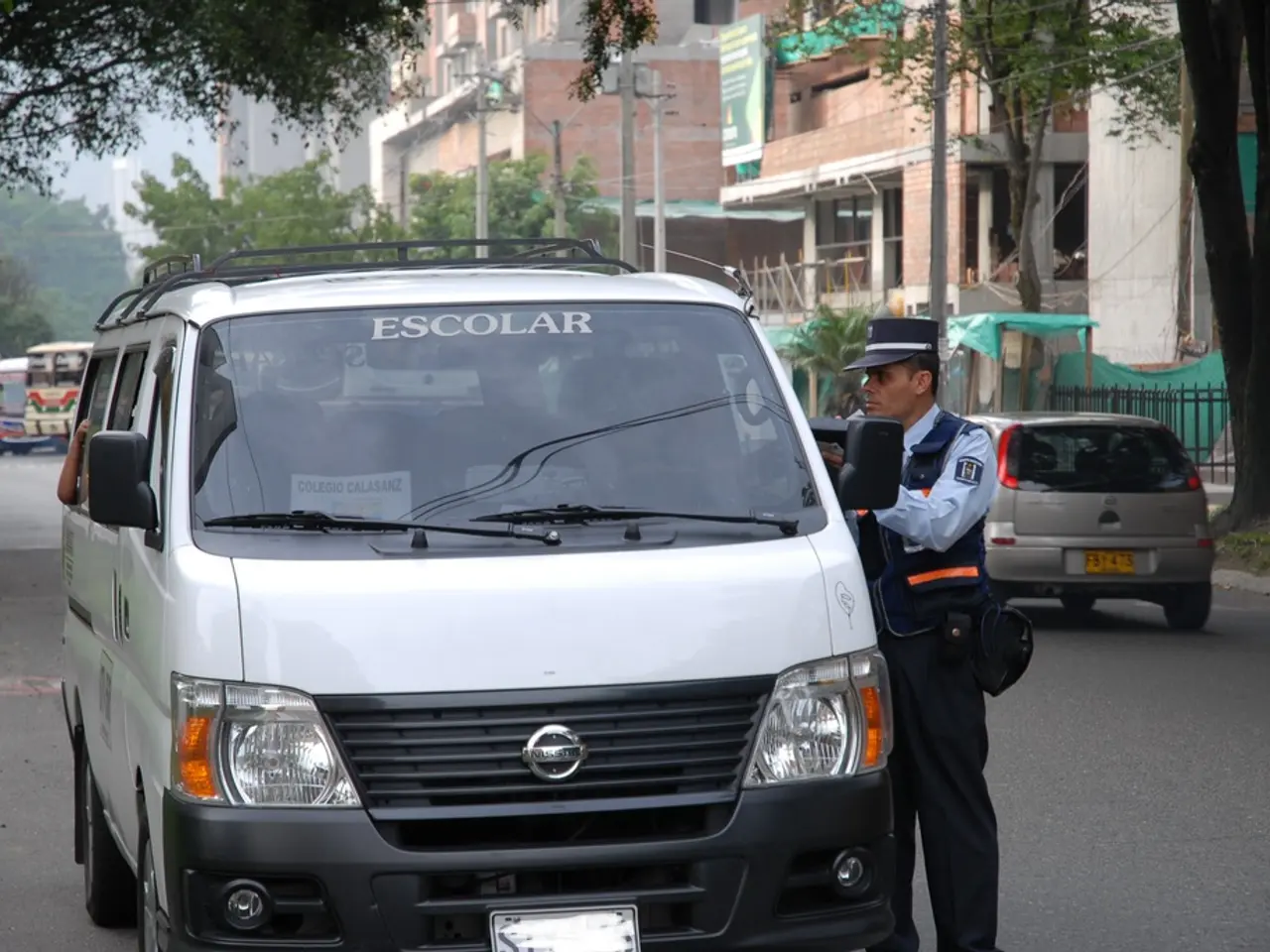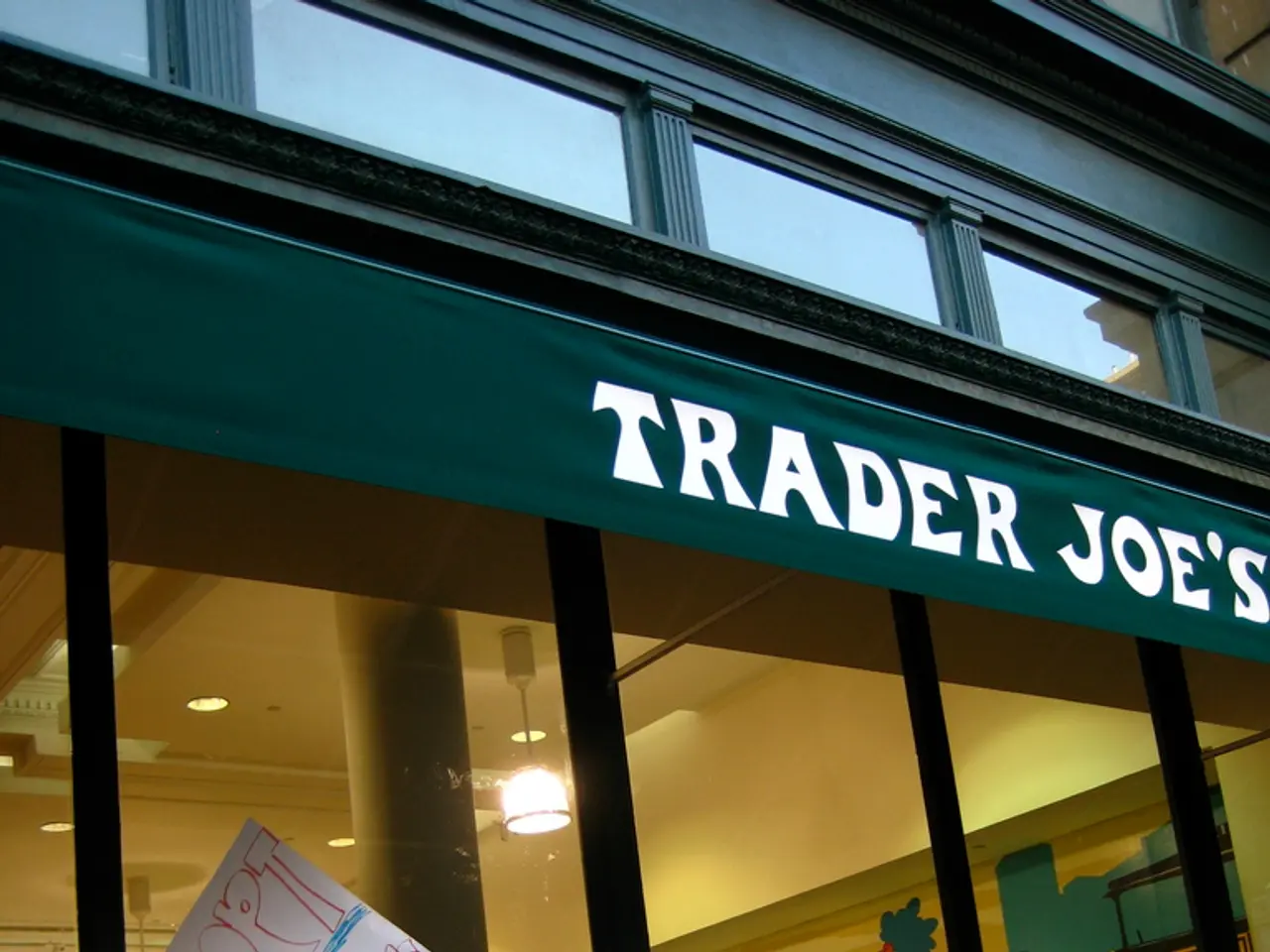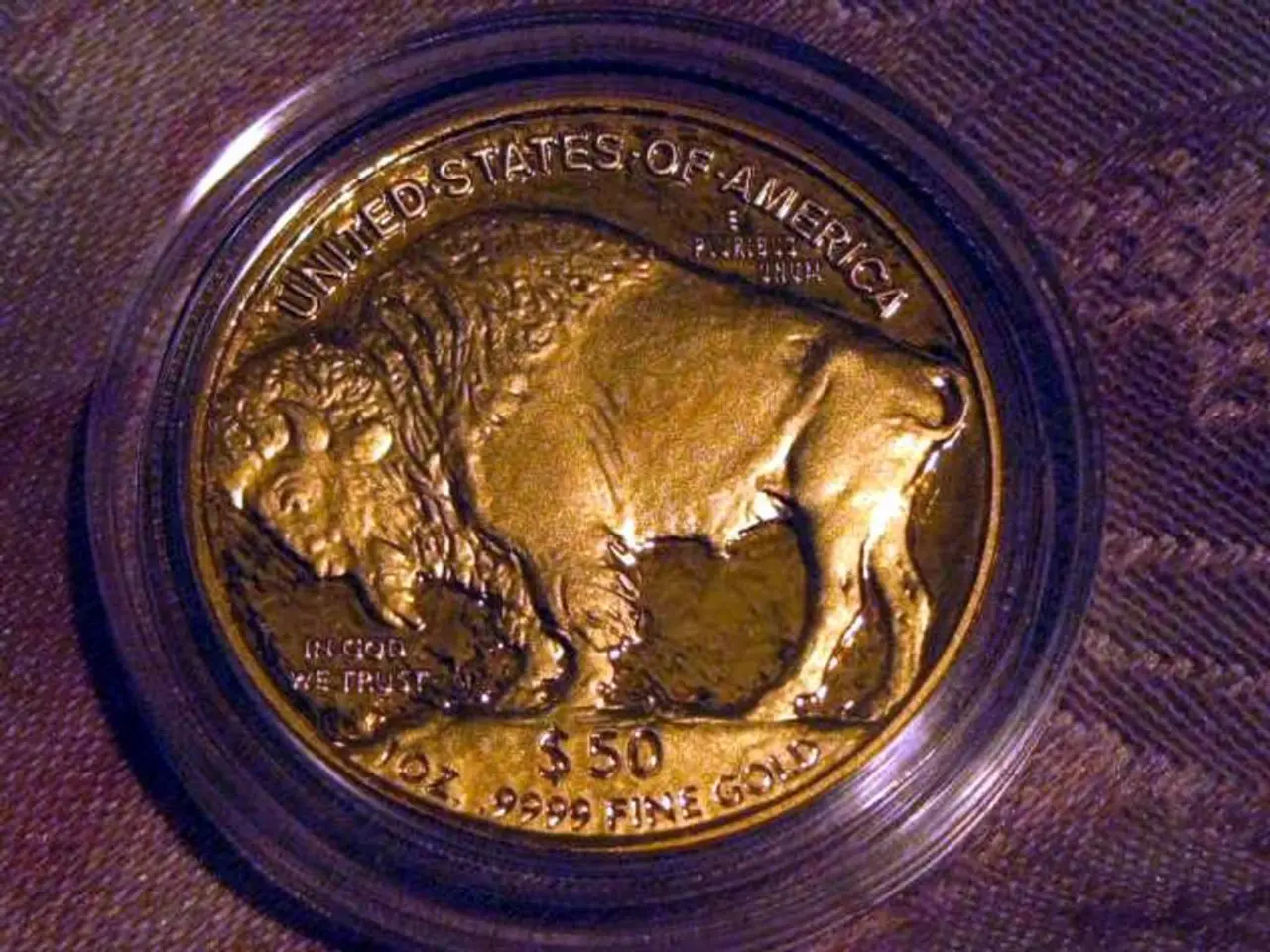Story of Two Barriers
In the heart of Africa, Senegal is making strides in combating desertification and promoting sustainable development through its participation in the Great Green Wall initiative. This ambitious project, spanning 4,000 miles from Senegal in the west to Djibouti in the east, is a testament to international cooperation for climate resilience.
Senegal, which is due to provide 20 percent of the landmass of the Wall compared to Senegal's 7 percent, has already restored 2,000 hectares of degraded land, with a goal to plant over 11 million trees and restore 1.4 million hectares by 2025[1][4]. This reforestation drive, primarily focused on Acacia and baobab tree species, is not just about restoring ecosystems, but also improving food security, biodiversity, local incomes, and empowering women and youth[2][3].
The Great Green Wall consists of natural reserves, gardens, and forest enclosures, known as 'parcelles' in French. These enclosures act as a reservoir of animal feed for the months when most vegetation is gone in Senegal. Herders can gather straw from the reserves for a 2,000 CFA franc ($3.50) entry fee[4]. This innovative approach ensures that the reserves are not only beneficial for the environment but also provide a practical solution for food security for local communities.
The project's success is not just about the numbers. It's about the transformative impact it has on people's lives. In the village of Koyli Alpha, for example, the garden has rooted women to their land for the first time in centuries. The garden provides income for the women who sell what they grow, while delivering better nutrition for their families[4]. Moreover, an unexpected benefit has emerged: the children of the women are staying in school.
The Great Green Wall is a conservation project aimed at halting desertification in Africa's Sahel region, a region where temperature increases are around 1.5 times higher than the global average[4]. By 2050, the project aims to restore 100 million hectares of land, benefiting 232 million people, many of whom are highly dependent on erratic precipitation patterns for raising cattle or cultivating crops[4].
In contrast, the US-Mexico border wall is a physical security barrier primarily aimed at controlling immigration and drug trafficking, with significant socio-political and environmental controversies around habitat disruption but no explicit environmental restoration goals or climate benefits[5]. Unlike the Great Green Wall, it does not aim to restore ecosystems, improve agricultural productivity, or build sustainable livelihoods, but rather functions as a geopolitical infrastructure project.
The Great Green Wall has become a focal point for education, empowerment, and commerce in 20 African nations[4]. In Mali, the Great Green Wall has become a focus for youth employment, while in Niger, farmers pioneered a technique in which animal manure and the roots of trees "regreen" the land[4]. The project was ratified by the African Union in 2007.
As Senegal continues to make progress in its Great Green Wall project, it serves as a shining example of how environmental restoration can lead to community empowerment and climate adaptation. With extensive consultation with communities, as in the case of Diallo, the project ensures that local needs and concerns are at the forefront of its initiatives[4]. As Moussa Sy, a member of the semi-nomadic Fulani people, discovered, resistance can give way to understanding and appreciation for the project's benefits[4].
References:
- Great Green Wall Initiative
- The Great Green Wall: Africa's Last Chance
- The Great Green Wall of Africa: A New Hope for the Sahel
- The Great Green Wall: Africa's Last Stand Against Desertification
- The US-Mexico Border Wall: Environmental Concerns and Controversies
- The Great Green Wall initiative, an ambitious project spanning across Africa, is a testament to international cooperation for climate resilience, aiming to restore 100 million hectares of degraded land by 2050.
- Senegal, a key participant in the Great Green Wall project, has already restored 2,000 hectares of degraded land and aims to plant over 11 million trees by 2025, contributing to various aspects such as food security, biodiversity, and local incomes.
- The Great Green Wall consists of natural reserves, gardens, and forest enclosures, which also serve as a reservoir of animal feed during months of vegetation scarcity, offering a practical solution for food security in local communities.
- The project's success extends beyond environmental benefits, as it has a transformative impact on people's lives, empowering communities, and providing income opportunities for women and youth, while also improving nutrition and education.
- In contrast, the US-Mexico border wall is primarily aimed at controlling immigration and drug trafficking, lacking explicit environmental restoration goals or climate benefits, unlike the Great Green Wall which focuses on ecosystem restoration, agricultural productivity, and building sustainable livelihoods.






